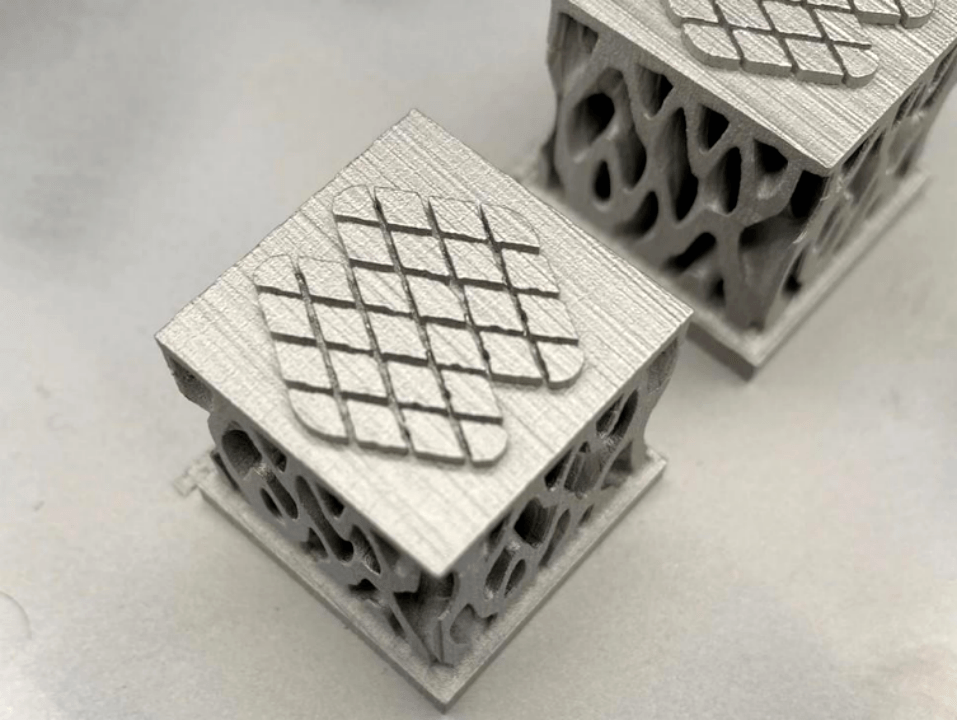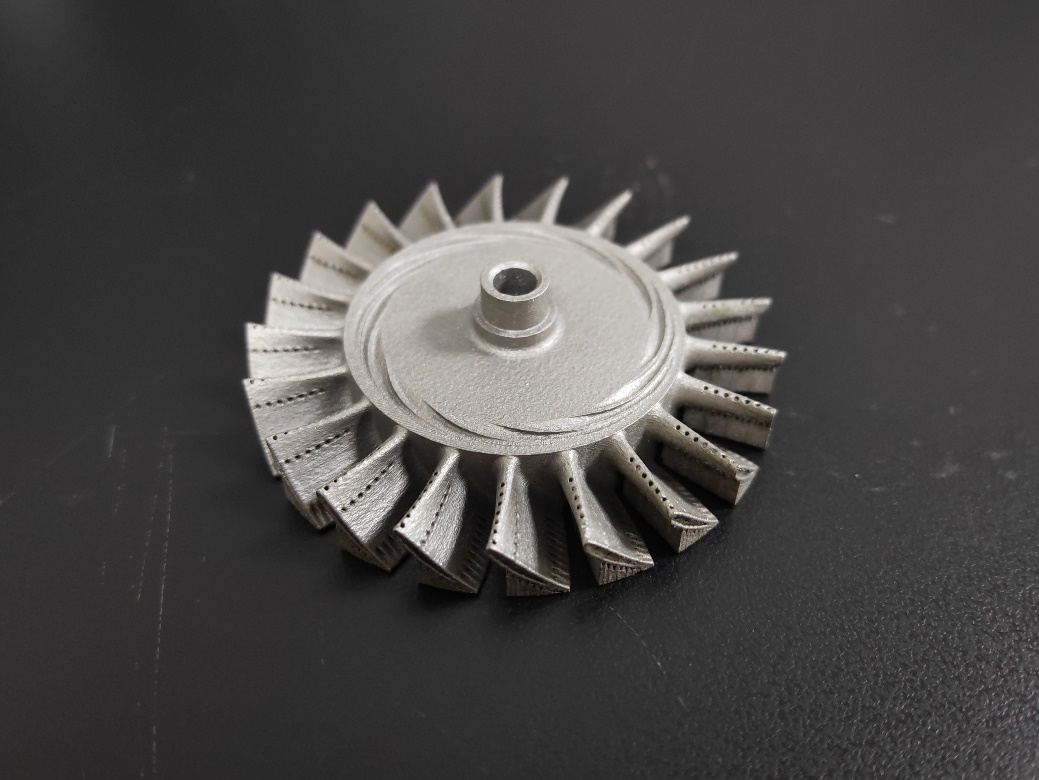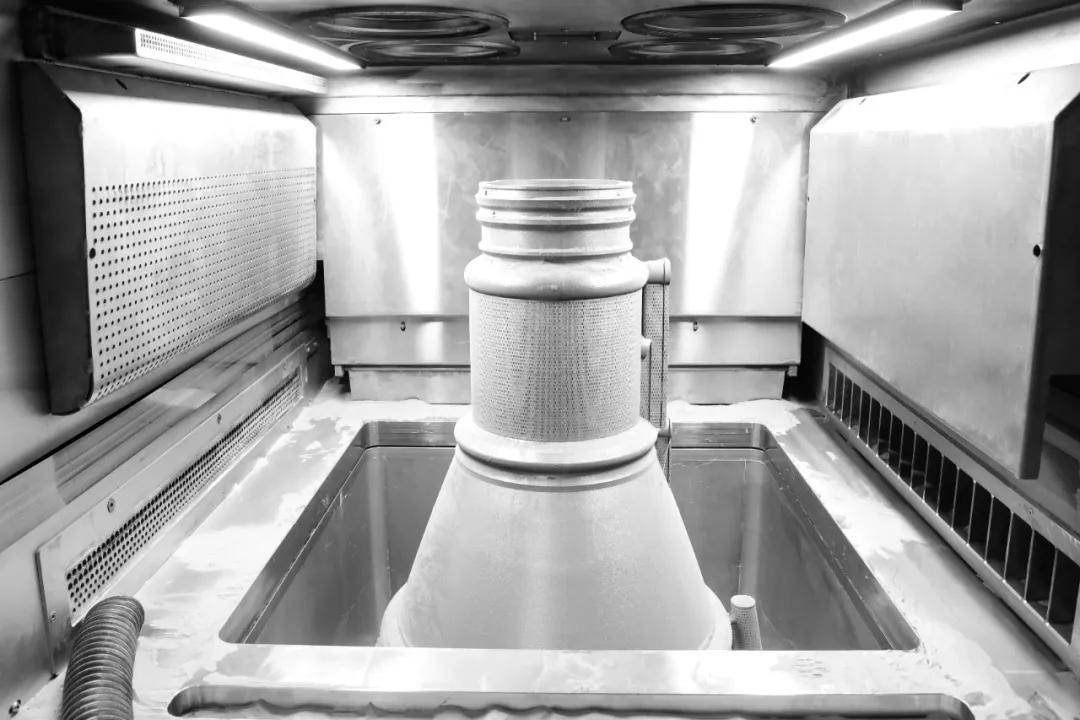What challenges exist when 3D printing titanium, and how are they addressed?
What Challenges Exist When 3D Printing Titanium, and How Are They Addressed?
1. Oxidation and Contamination
Challenge: Titanium is highly reactive at elevated temperatures and can easily absorb oxygen, nitrogen, or hydrogen during printing. This leads to embrittlement, reduced ductility, and poor mechanical performance, especially problematic for medical implants or aerospace components.
Solution: Titanium 3D printing is performed in controlled environments using high-purity inert gases (argon or nitrogen) with oxygen levels below 100 ppm. Technologies like Electron Beam Melting (EBM) operate in vacuum chambers, significantly minimizing oxidation risk during processing.
2. Residual Stress and Warping
Challenge: Rapid heating and cooling cycles in processes like Selective Laser Melting (SLM) lead to high thermal gradients, generating internal residual stress. This can cause part distortion, cracking, or even build failure—particularly in large or thin-walled titanium parts.
Solution: Applying optimized scanning strategies, preheating the build platform, and minimizing overhangs help reduce thermal stress. Post-processing using heat treatment or Hot Isostatic Pressing (HIP) effectively relieves residual stress and improves fatigue resistance.
3. Porosity and Incomplete Fusion
Challenge: Improper parameter settings, low-quality powder, or inconsistent recoating can lead to porosity or lack-of-fusion defects in printed titanium parts. This weakens mechanical performance, especially under cyclic loading.
Solution: Using spherical, high-purity titanium powders (e.g., Ti-6Al-4V) with controlled particle size ensures uniform layer deposition. Applying HIP post-processing closes internal voids and enhances density and fatigue strength.
4. Support Removal and Surface Finish
Challenge: Titanium’s high strength and poor machinability make support removal and surface finishing labor-intensive. As-built surface roughness (Ra > 10 µm) can also lead to poor fatigue life and friction in precision applications.
Solution: Minimize supports through optimized part orientation and design for additive manufacturing (DfAM). Apply post-processing methods such as CNC machining, electropolishing, and sandblasting to achieve the required surface finish.
5. Cost of Materials and Equipment
Challenge: Titanium powder is expensive, and additive equipment suitable for titanium requires strict environmental controls, driving up operational costs.
Solution: Cost efficiency is achieved through near-net-shape manufacturing, which reduces material waste compared to machining. Titanium 3D printing is most economical for low-volume production, custom parts, or geometrically complex components where traditional manufacturing is inefficient.
Recommended Services to Address Titanium Printing Challenges
Neway provides a full suite of services to manage titanium 3D printing challenges:
Titanium 3D Printing: For lightweight, high-strength custom parts
Heat Treatment: To relieve stress and stabilize mechanical properties
Hot Isostatic Pressing (HIP): For porosity elimination and fatigue life improvement
CNC Machining: For precision finishing and support removal
Surface Treatment: To optimize surface quality, wear, and corrosion resistance



